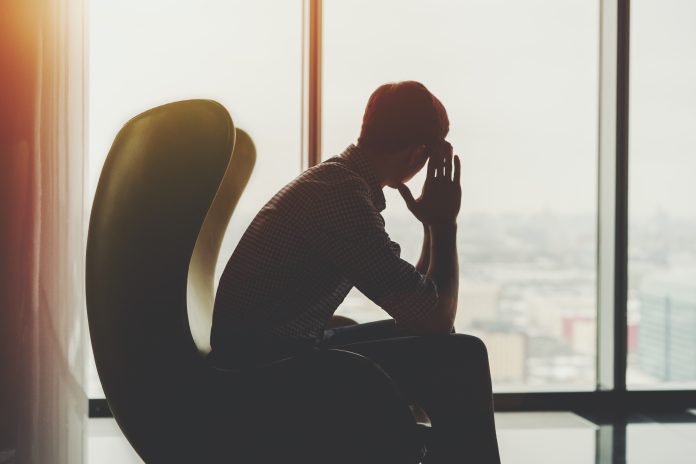Have you ever noticed how many colloquialisms intended to instil resilience are masculine? ‘Be a man.’ ‘Grow a pair.’ ‘Don’t be such a girl.’ It’s little wonder that men who grow up hearing such phrases may believe that, to be a real man, one must be tough, resilient and impervious to pain.
This belief can influence how, when or even if men seek treatment for pain.
Trudy Maunsell is President of the Australian Pain Society, a not-for-profit multi-disciplinary organisation with representatives from many medical specialties.
“Our cultural norms and expectations, previous experience, physical surroundings and learned responses influence our pain behaviour or, in other words, how we respond to pain,” she told Retail Pharmacy.
“Boys are often encouraged to be tough and brave when they’re injured and criticised if they report pain or cry. In society we expect males to be tough, brave, stoical and ‘manly’ and to not express their pain.
“This leads to underreporting of symptoms, underutilisation of or delayed presentation for primary healthcare – ‘I’m OK’ – and sometimes a reluctance to request pain relief when hospitalised.”
This is why, she says, it’s so important to treat pain from a biopsychosocial approach – that is, to treat the psychological aspects of pain as well as the physical/biological mediators of pain.
“Sometimes we need to give males ‘permission’ to have pain,” Ms Maunsell said.
“That can be something as simple as the statement, ‘I’d imagine that’s pretty uncomfortable or painful’, which allows the gent to expand upon how they’re feeling and allows for further questioning: ‘So, what have you tried for pain?’, ‘what do you usually do when you have pain’, etc.”
Pain points
Do men experience pain differently from women?
Ms Maunsell says we’re basically the same when it comes to nociception (the process by which noxious stimulation is communicated through the peripheral and central nervous system) with some differences such as muscle mass, fat deposits, hormones (such as testosterone and oestrogen) purported to impact on analgesic efficacy.
“Genetic differences impact on pain sensitivity and the effectiveness and adverse effects of some medications, and the presence of comorbid conditions, including anxiety, depression, negative affect and pain catastrophising, influence pain report, analgesic requirement and increased risk of developing chronic pain after surgery and persisting opioid use.”
There are also some differences in the prevalence of pain conditions between men and women.
Pain conditions that have been suggested as being more prevalent in males include cluster headache, post-traumatic headaches, trigeminal post-herpetic neuralgia (post shingles pain affecting the eye/cheek area), gout, haemophilic arthropathy (as haemophilia affects males), pancreatic disease, angina (due to decreased testosterone levels in older men) and duodenal ulceration.
“Some of these conditions may be as a result of lifestyle factors and risk behaviours – eg, cigarette smoking, alcohol intake, contact sports, motor vehicle/bike trauma, rather than being male-specific – except haemophilic arthropathy, which is genetically mediated,” Ms Maunsell said.
“Specific disorders such as those affecting the genitourinary tracts are, naturally, gender-specific and related to anatomic differences in pelvic structure.”
The role of pharmacists
Ms Maunsell reiterates that all pain needs to be treated from a biopsychosocial perspective, and any reports of persisting pain, despite interventions and analgesia administration, need to be assessed by a GP.
“Pharmacists also need to emphasise the use of non-pharmacological interventions, such as heat and cold application, stretching and exercise, maintaining mobility, and relaxation/ distraction,” she said.
In addition, “repeated requests for any OTC analgesia warrants further questioning and recommendations to seek other treatments – e.g., GP, physio or psychologist.”
References
1. Macintyre PE, Schug SA. 2021. Acute Pain Management: A Practical Guide (5th Ed). CRC Press, Boca Raton, US.
2. Holdcroft A, Berkley KJ. ‘Sex and gender differences in pain and its relief’, Chapter 75 in McMahon SB and Koltzenburg M (Eds). 2006. Wall and Melzack’s Textbook of Pain (5th Ed). Elsevier Churchill Livingstone, Philadelphia, US.
This article was originally published in the June issue of Retail Pharmacy magazine.








